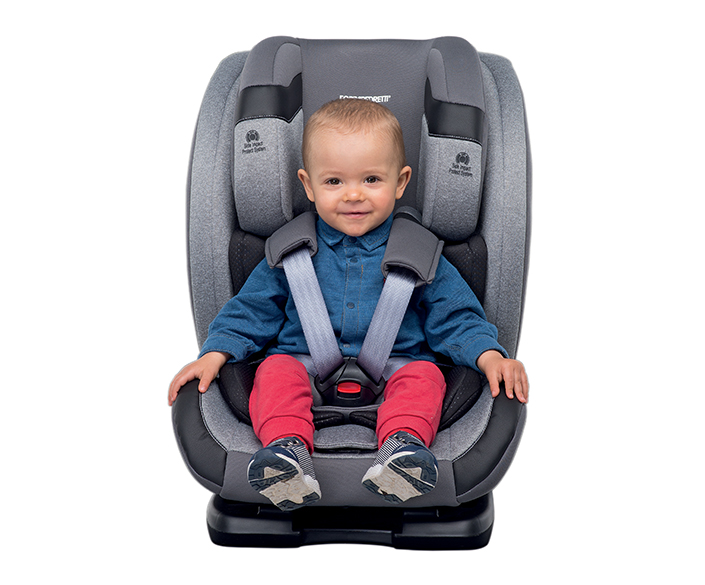How to protect your child:
• Always use a professionally-tested baby seat designed specifically for use in cars and suited to your child's weight.
• Follow the instructions provided in the manual so that the baby seat is properly and securely in place.
• Make sure a baby seat can actually be installed on the car seat. Always and only use a baby seat in a car as specifically instructed in the manual.
• Always place it on the back seat, even though the law does allow baby seats to be mounted in the front passenger seat. Statistically speaking, children are safer in the back seat.
• Every time you get in the car, make sure the baby seat is properly mounted and that the seatbelt is correctly inserted and adjusted according to your child's weight.
• Always buckle the baby seat's safety belt, even for short rides.
• Remember to always ensure that the child is sitting properly in its harness and never drive off without first having made sure the baby seat is safely attached to the car seat as instructed in the manual.
• It's very important to make sure the safety belts are tight and that neither the seat belts nor parts of the harness are twisted.
• Always properly attach the baby seat to the car seat, even if it is empty.
• Never leave your child unattended in the car, not even for an instant.
• Never remove the child from the seat while the car is moving.
• Never leave the child in the seat with an improperly buckled safety belt.
• It's not good for infants to be strapped into seats for lengthy periods of time. Take frequent breaks, let the child relax in your arms or in a stroller.
• Replace the baby seat if it has been involved in a violent incident of any sort. There could be inner damage that is not visible to the naked eye.
• Avoid putting a baby in bulky clothing in the car seat in winter.
• Set the example for your children: always wear your own seat belts.
• Never install a 0/ 0+ type car seat on the front seat of a car equipped with an air-bag without having first deactivated it.

